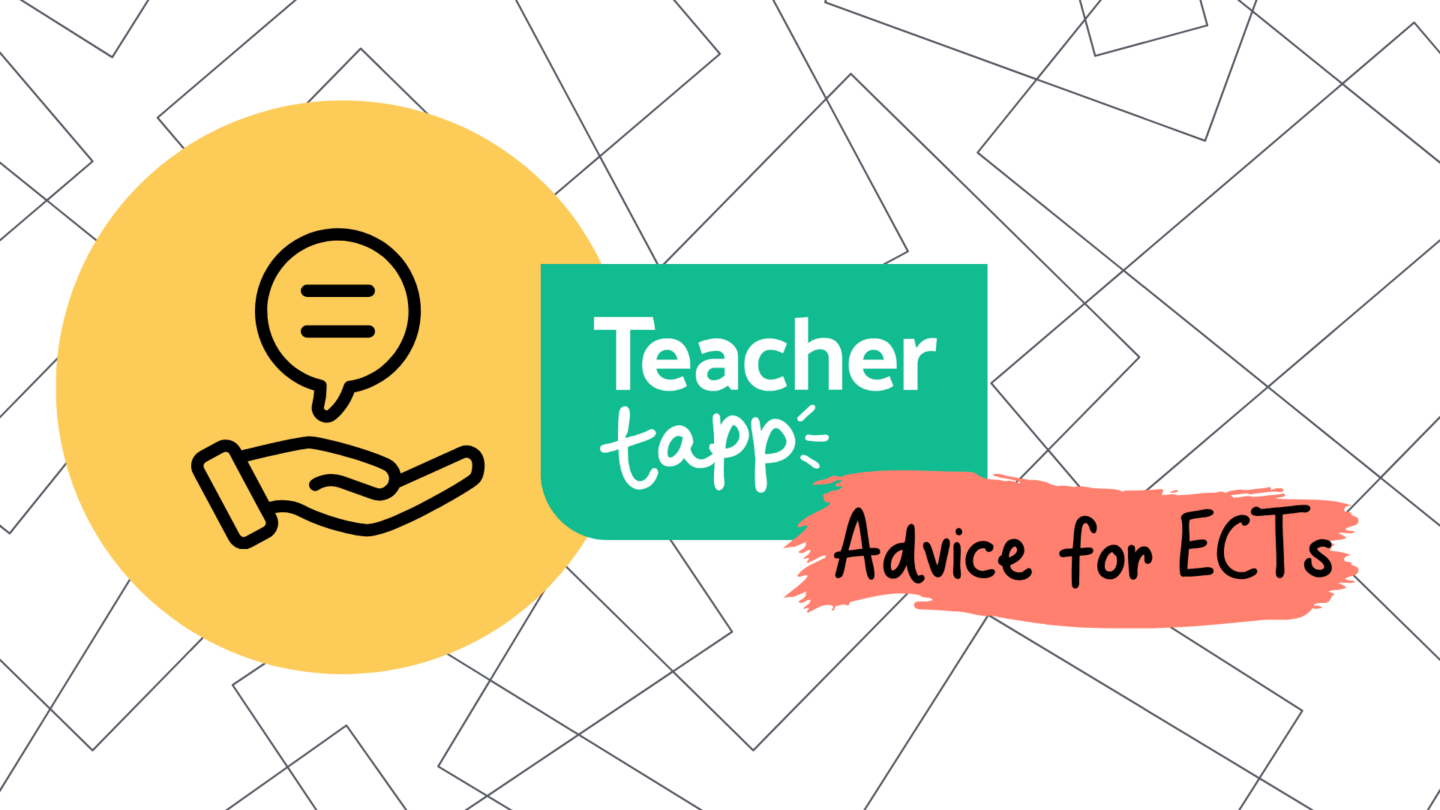1. At The End Of The Day…
Our beloved education secretary, Gavin Williamson, has started dropping a soundbite about his concerns that children are leaving school at 2.45pm – hence, it’s very important that he looks at extending the school day by 30 minutes.
teachertapp.comIs he right? Are kids schlepping home before 3 o’clock?
Back in 2018, we found that around 2% of primary schools and 13% of secondary schools finished before 3pm. At the moment, things are a little different in schools. Many are staggering start and end times to avoid parents gathering in infection-spreading crowds during drop-off and pick-up.

Nevertheless, we asked again! And still found only around 1-in-20 primary schools closed before 3pm. For secondary schools, it was 1-in-5. (Which does mean 4-in-5 finish later, obviously!)
Secondary pupils in the poorest parts of the country are the most likely to tip out early. 29% of secondary schools in the most deprived areas finish before 3pm, compared to only 13% of state secondary schools in the most affluent areas. No private schools finished before 3pm, and over a third finished after 4pm.

One reason for shorter days in less affluent secondary schools are concerns around behaviour during breaks and lunch times. We flagged the problem in 2019 after researching shorter lunch hours in deprived areas.
BUT – what we hadn’t looked at so far was what time pupils start their lessons. Could it be that pupils in poorer areas start earlier?
As it happens, they do. Around 20% (1-in-5) of secondary schools in poorer areas begin their compulsory lessons before 8.30pm, compared to just 10% of schools in wealthier areas. In some parts of the country the earlier end of the school day is simply a consequence of an earlier start.
However, the numbers do suggest something of a discrepancy. If 29% of schools in poorer areas finish early, but only 20% start early, then the length of the day is shorter for a proportion of these schools. But given that we know lunch hours are also shorter in deprived schools, it seems likely that, in the round, the amount of time in lessons is similar across state schools. But the length of the day varies as the beginning, ends and breaks are timed differently.

Attention ought to be focused on the substantially longer days that most pupils in fee-paying schools are receiving. It doesn’t come cheaply, though. Something that Williamson needs to be aware of if he’s continuing down this route!
2. Creeping back to normal?
Speaking of a longer school day. We can see that after-school clubs are slowly starting up again this summer term compared to the start of autumn. (In usual times just under half of teachers run an extra-curricular activity in a term).

3. All About The Stationery
Teachers have many small obsessions, but none is as powerful at bringing out the strong opinions on Teacher Tapp as stationery.
Every year the bullet vs chisel pen debate causes beef on TT. But what do you think about other stationery items?
When it comes to exercise book, most teachers are evenly divided between wide and narrow rule. (Which must make department ordering a total nightmare!) The notable exception were KS2 teachers who have a heavy preference for narrow rule – what’s that about?!
Maths teachers also remained resolutely in favour of squared paper only, with the small exceptions for lined paper likely to be those of you who also teach sixthformers and/or physics!

Large exercise books got the most love – with some teachers on social media outraged that anyone would select A4 size because what does that mean for sticking sheets into their books?
Note the maths teachers yet again showing a slightly different pattern with a minority group preferring much smaller exercise books. Is that so they can be taken home more easily?!

A major problem of exercise books is that accompanying worksheets can get lost. How would teachers best like to cope with this? By far the most popular answer was getting students to glue their work into their books. Which might explain our 2019 finding that if you could only control spending on one stationery item in your classroom, glue would be the most important!
Of extra note is the preference for arts and ‘other’ teachers (inc PE) to prefer electronic storage. If you’re looking for tech advocates in a school – that’s where they are!

Finally, we asked about writing tools. KS1 teachers have a heavy preference for pencil, and secondary school teachers have a heavy preference for pens (ideally biros). All of which leaves KS2 teachers in a tricky transition position – and might explain the 15% in favour of fineliner pens, which are mainly eschewed by other teachers.

4. FROM THE ARCHIVES: This week in June 2019
Finally, June is Pride month, and last weekend was the inaugural LGBTed event.
When we asked, 36% of you said you were not aware of any teachers at school who were ‘out’ about their LGBT+ status.

Most teachers said they felt confident supporting colleagues and talking about LGBT+ matters in schools. But they were more reluctant about supporting students.

This confidence has not translated into Pride activities. With 75% of you saying that school was not doing anything to mark Pride month. Not even an assembly mention.

Finally, we know you love the daily read, so here are the ones from last week
The most popular tip from last week was 5-evidenced based papers all teachers should read.
Followed by





